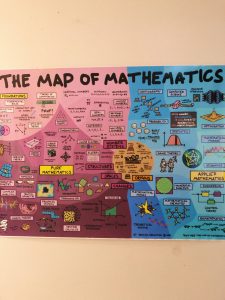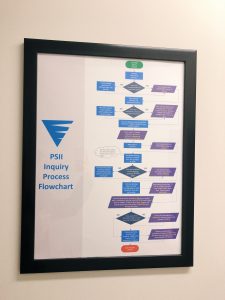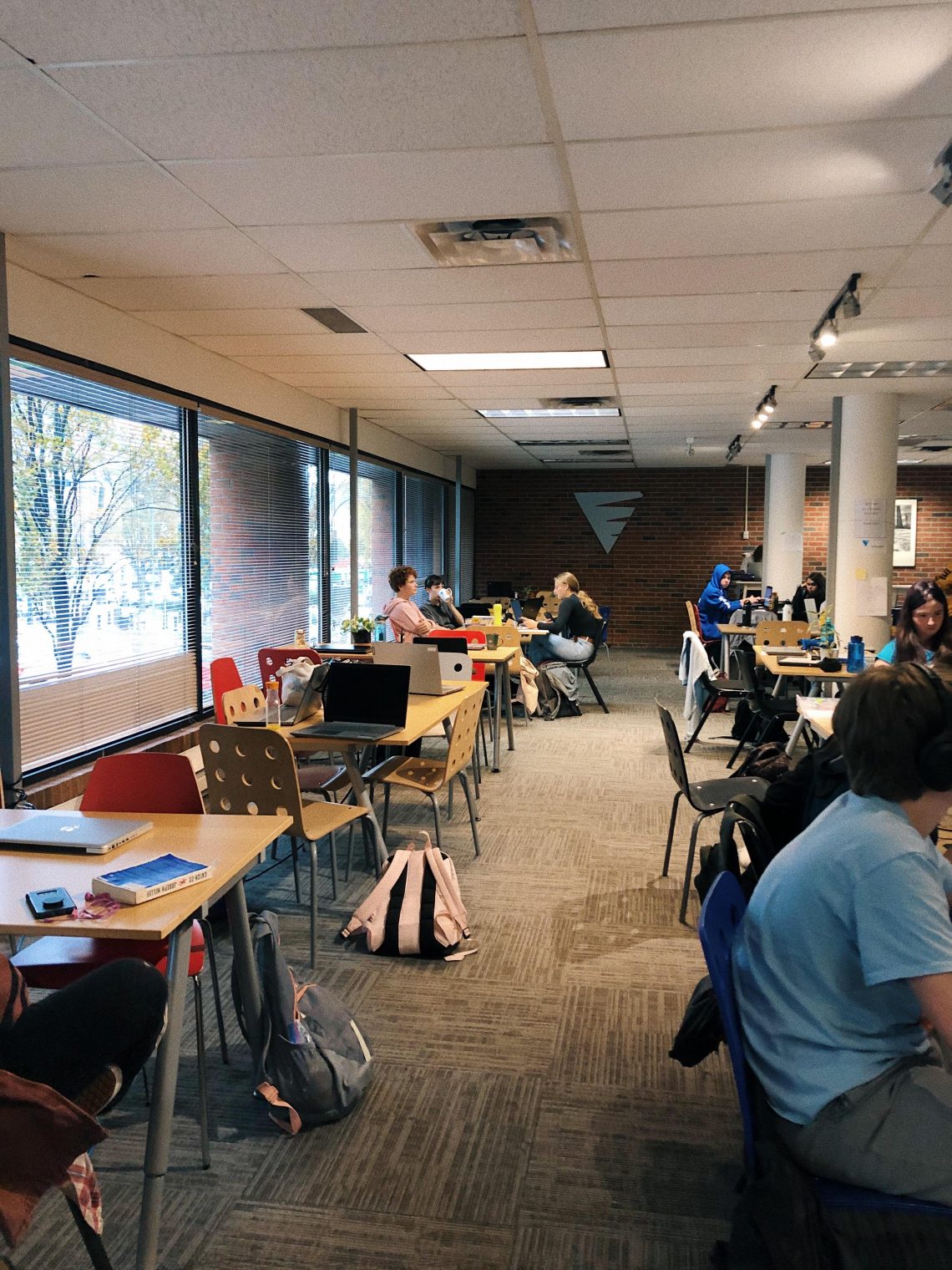The Pacific School of Innovation and Inquiry is an alternative high school located in downtown Victoria that focusses on inquiry-based learning. My cohort and I were given the opportunity to visit the private school, take a self-guided tour, interact with students, and sit down with the school’s founder and principle. There is no doubt that positive and supportive personal relationships have been fostered between the 95 student to 5 teacher ratio. Without context, the concept of this type of school didn’t seem like a sustainable learning environment. However, after touring the beautiful space, it is evident that on top of a shared belief in inquiry based learning, all educators had independently carved their own pedagogies to construct the space.
 The students seem to interact with the alternative environment is almost more than with the teachers, who are only present as educational guides. It is clearly painted throughout the institution that mental health is given a large amount of grace and support on the campus. There is even a specific sensory room the students have nicknamed the “cave”, where students can escape and de-sensitize. The dimly lit campus continues into this room, and it is full of sensory toys such as fidgets, sensory objects, and weighted blankets. The student workspace is just as thoughtfully curated; consisting of an open concept, group table based, live plant-filled area. Although it was noticeable that students do study and work together in cliques, the overall classroom culture felt light, friendly, and queer and peer inclusive.
The students seem to interact with the alternative environment is almost more than with the teachers, who are only present as educational guides. It is clearly painted throughout the institution that mental health is given a large amount of grace and support on the campus. There is even a specific sensory room the students have nicknamed the “cave”, where students can escape and de-sensitize. The dimly lit campus continues into this room, and it is full of sensory toys such as fidgets, sensory objects, and weighted blankets. The student workspace is just as thoughtfully curated; consisting of an open concept, group table based, live plant-filled area. Although it was noticeable that students do study and work together in cliques, the overall classroom culture felt light, friendly, and queer and peer inclusive.
One of our main questions while touring this incredible private school was
“How does this type of learning meet B.C curriculum guidelines?”
On this campus, students are monitored through the website we have previously learned about (and are currently using in our edci336 class), Trello. The website allows students to map out what they need to do, what they are doing, and what they have accomplished online. With a self-regulated website such as Trello, that allows teachers to make suggestions of comments on each project, the student is independently self-productive, yet still guided (see trevor mackenzie’s inquiry diagram).These small projects follow a learning plan they each devise at the beginning of each school year. This approach allows students to meet all curricular goals while following their interests, thus staying motivated.
I’m just going to say it: I would spend $7000 a year for my child to have this experience. Especially near to the end of their high school education. The fact that there is an opportunity to zero in on one’s strengths up to an undergraduate level in high school makes me feel so fulfilled as a future educator. I hope that all of my classmates took to this school visit as much as I did, as i hope that my generation of teachers can support inquiry-based growth in every grade level.

